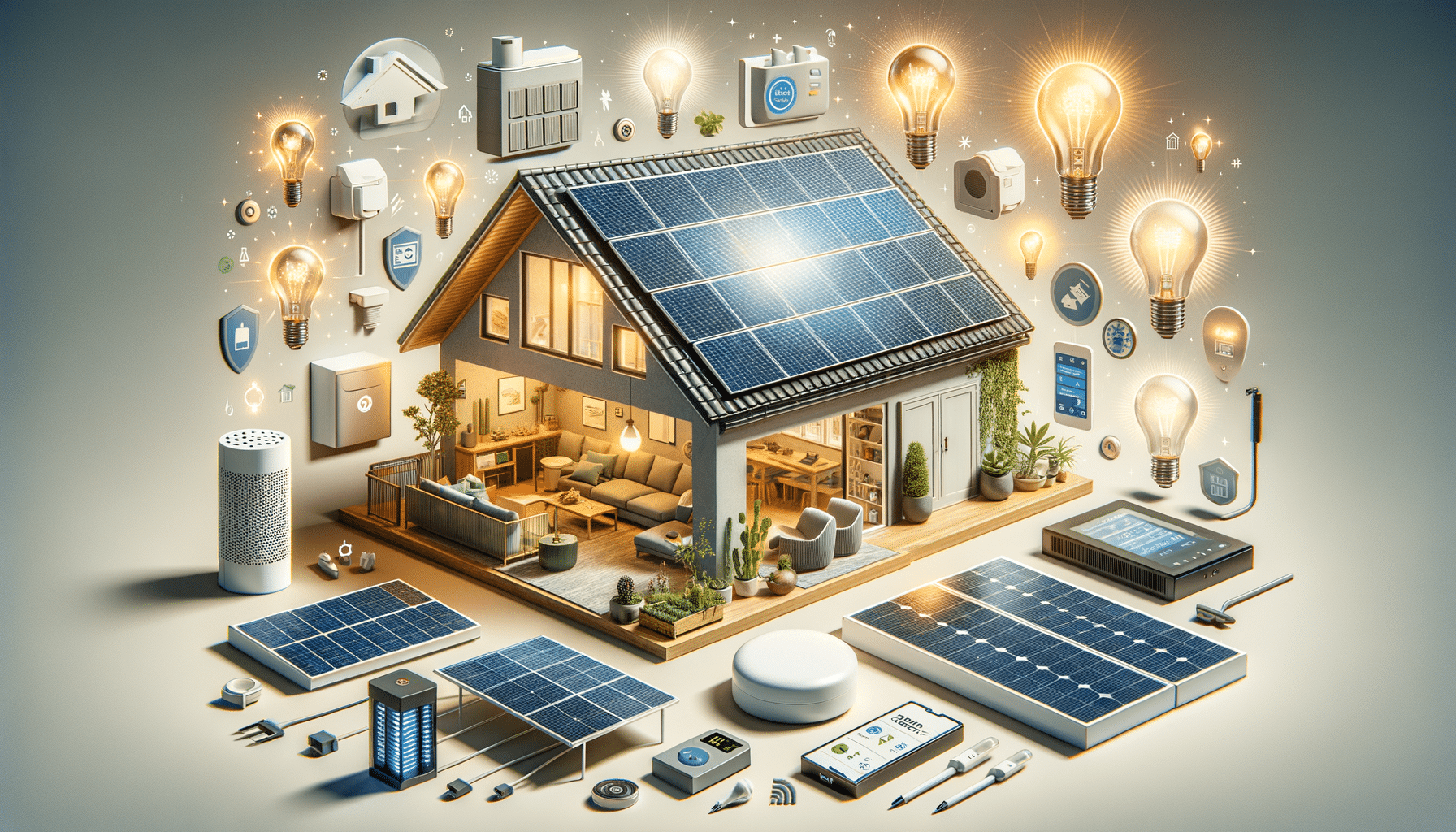
How to Improve Solar Energy Efficiency at Home
Introduction to Solar Energy Efficiency
As the world continues to seek sustainable energy solutions, solar power stands out as a prominent option. Not only is it renewable, but it also offers a clean alternative to fossil fuels. However, the efficiency of solar energy systems can vary significantly based on several factors. Understanding these factors is crucial for homeowners looking to optimize their solar installations and maximize energy output. This article delves into the various aspects of improving solar energy efficiency at home, providing insights and practical tips to harness the full potential of solar technologies.
Factors Affecting Solar Energy Efficiency
Solar energy efficiency is influenced by a variety of factors, each playing a critical role in determining how effectively a solar panel converts sunlight into usable electricity. One primary factor is the quality of the solar panels themselves. High-quality panels tend to have better efficiency ratings, meaning they can convert a greater percentage of sunlight into electricity. When selecting solar panels, it’s essential to consider their efficiency rating, which typically ranges from 15% to 22% for most residential panels.
Another significant factor is the orientation and angle of the solar panels. Ideally, panels should be installed facing true south in the northern hemisphere to capture maximum sunlight throughout the day. The tilt angle should also be adjusted according to the latitude of the location to ensure optimal exposure. Additionally, shading from nearby trees, buildings, or other obstructions can drastically reduce efficiency. Regular maintenance, such as trimming trees and cleaning panels, can help mitigate these issues.
Environmental conditions also play a role. For instance, dust, dirt, and snow accumulation on panels can block sunlight, reducing efficiency. In regions with heavy snowfall, ensuring that panels are installed at an angle where snow can easily slide off is beneficial. Similarly, areas prone to dust storms may require more frequent cleaning to maintain efficiency.
Technological Advancements in Solar Energy
Technological advancements continue to enhance solar energy efficiency, making it more accessible and effective for homeowners. One such advancement is the development of bifacial solar panels. Unlike traditional panels, bifacial panels can capture sunlight from both sides, increasing energy production. They are particularly effective when installed over reflective surfaces, such as white roofs or sandy ground, which can bounce additional sunlight onto the panels.
Moreover, the integration of smart inverters and energy management systems allows homeowners to monitor and optimize their solar energy usage. These systems can adjust the flow of electricity based on real-time data, ensuring that solar energy is used efficiently and reducing reliance on grid power during peak sunlight hours.
Innovations in solar storage solutions have also contributed to improved efficiency. Modern battery systems can store excess solar energy generated during the day for use at night or during cloudy periods. This not only maximizes the use of solar power but also provides a reliable backup during power outages. As battery technology continues to advance, costs are expected to decrease, making solar storage an increasingly viable option for homeowners.
Practical Tips for Homeowners
Homeowners looking to improve solar energy efficiency can take several practical steps. Firstly, conducting a thorough energy audit can help identify areas where energy usage can be reduced, complementing the solar system’s efficiency. Simple measures, such as switching to energy-efficient appliances and LED lighting, can significantly lower overall energy consumption.
Investing in energy-efficient windows and insulation can also enhance the home’s energy efficiency, reducing the need for heating and cooling. This, in turn, allows more of the solar-generated electricity to be used for other purposes. Additionally, scheduling regular maintenance for the solar panels ensures they remain clean and free from obstructions, optimizing their performance.
Lastly, staying informed about local incentives and rebates for solar energy can provide financial benefits, further enhancing the return on investment. Many regions offer tax credits, rebates, or grants to encourage the adoption of solar technologies, easing the initial cost burden for homeowners.
Conclusion: Embracing Solar Efficiency
Improving solar energy efficiency at home is not just about installing solar panels; it’s about understanding and optimizing all aspects of the solar energy system. By considering factors such as panel quality, orientation, environmental conditions, and technological advancements, homeowners can significantly enhance their solar energy efficiency. Practical steps, combined with ongoing education and maintenance, allow individuals to fully embrace solar energy, contributing to a sustainable future while enjoying reduced energy costs.